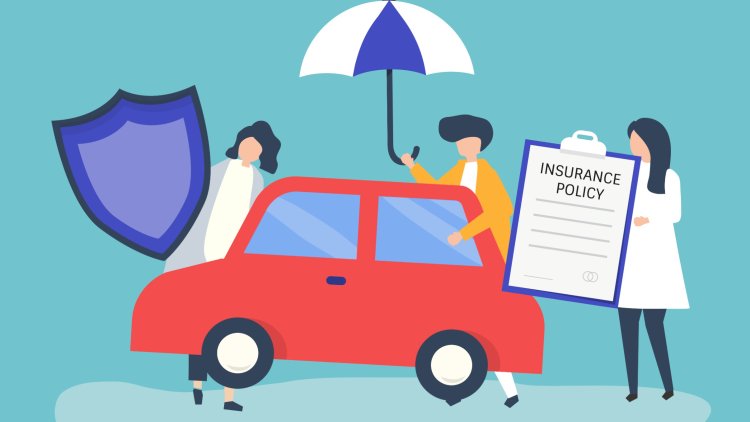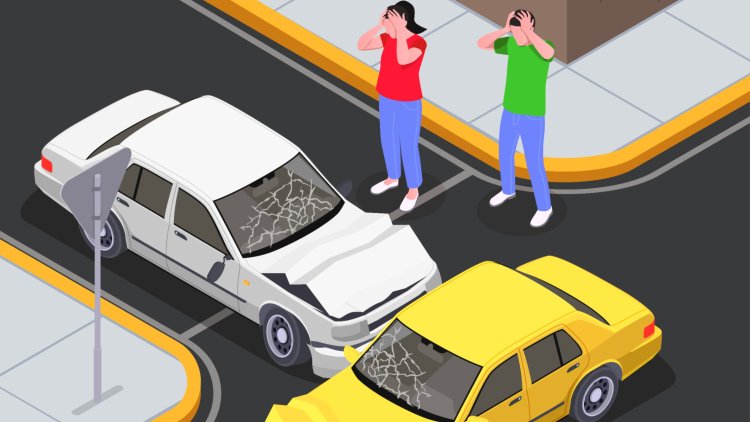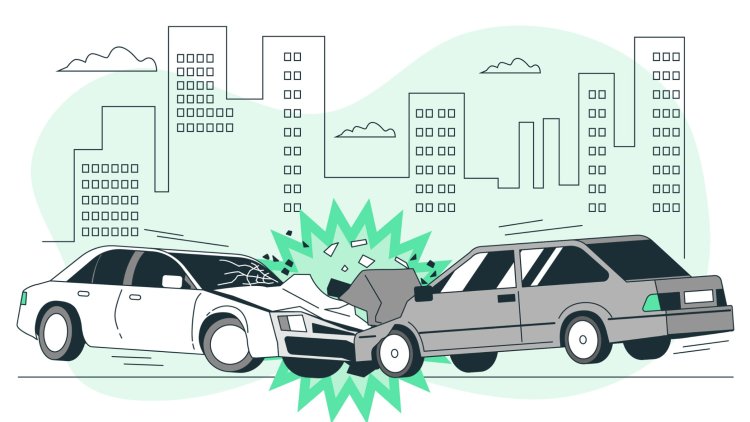Drive Less, Pay Less: "Pay As You Drive" Insurance | Check how you can get it
Drive less, save more! Pay As You Drive could be the perfect fit for you. Learn more about this innovative car insurance option and see if it's right for you.

In India, auto insurance has historically been standardised. You were required to purchase third-party motor insurance at the very least, even if you only drove your car once a month or less. Up until recently, own-damage auto insurance cost a lot more if it was added to your other policies. No distinction was made between heavy and light car users. However, over the past few years, auto insurance policies have improved in terms of customer service. Car owners now have the option to customise their auto insurance, particularly their own-damage coverage, to match their driving style. The amount of risk varies from person to person depending on how much they drive and how safely they drive, so ultimately you need an insurance policy to cover the risk. The "Pay As You Drive" motor insurance policy is an example of a custom-made strategy. Let's examine its nature and operation.
The "Pay As You Drive" insurance program is full-coverage own damage (OD) plus third party (TP) policy, where the total own damage expense is based on how many miles you plan to travel in a specific time period and the third party premium is based on the laws. Insurance providers frequently provide it as a supplementary insurance option.
According to Ashwini Dubey, Head - of Motor Insurance Renewals, Policybazaar.com, there are two basic types of 'Pay As You Drive' policies: one is based on the number of kilometers driven, and the other is based on the number of days the insurance policy is in effect. According to him, the kilometer-based plans typically begin at 2,500 kilometers per year and have different slabs of 5,000, 7,500, 10,000, and so forth. Insurance companies typically use a mobile application or a tracking device in your car to measure usage.
As an illustration, the "Pay As You Drive" - Kilometre Benefit Add-If you have coverage and drive less than 10,000 kilometers per year, you may be eligible to receive a benefit at the end of the policy year equal to up to 25% of the basic own-damage premium. Depending on how many miles you drive, the discount will change. If there isn't a claim on your prior policy and you decide to renew your policy with the insurer, you will receive an additional 5% discount off the basic own damage premium.
Suppose you go over the allotted number of kilometers. The third-party coverage will typically continue to be in effect, but there won't be any own-damage coverage in the event of a claim. In most cases, if you reach the limit of your chosen mileage plan for the year, your insurer will give you the option to add more kilometers to your coverage.
Switch On/Off motor insurance is another variation of the "Pay As You Drive" policy that allows you to activate your own-damage coverage while driving and deactivate it when not using your vehicle. When you're not driving, you can disable your own-damage coverage using the Kotak Metre (Switch On/Off). You will receive one bonus day as compensation for each consecutive 24-hour period during which your damage cover is inactive.
'Pay As You Drive' motor insurance policies are also provided by ICICI Lombard, Zuno General Insurance (previously known as Edelweiss General Insurance), Acko General Insurance, Digit General Insurance, and New India Assurance, among others.

Pay As You Drive: Savings on OD premiums of up to 20%
The idea behind "Pay As You Drive" insurance is that if you drive less, your insurance premium should be lower. If you are certain that your vehicle will be used less frequently throughout the year, you can pay your insurance premium based on your actual usage rather than a flat rate. "Pay As You Drive's premiums are less expensive than standard auto insurance, but it depends on the insurer," said Ashish Lath, Business Head at InsuranceDekho.
Other factors will affect the 'Pay As You Drive' insurance premium. Pooja Yadav, Chief Product Officer at Zuno General Insurance, explained that the cost of "Pay as you Drive" insurance depends on several variables, including the kind of car you drive, how old it is, and the amount of coverage required.
How much money, then, will you save by choosing a "Pay as you Drive" policy? Ashish Lath responded, "People choosing Pay As You Drive insurance can save 5-20% over a general car insurance plan. The premium rises in proportion to how high a slab you select, and vice versa.
"The genuine savings vary depending on the make, model, as well as the state that your vehicle is registered. You can save up to 20% on the Maruti Swift's own-damage premium if it is five years old, according to Dubey.
A car owner can save up to 20% of the insurance premium by choosing such plans, according to Animesh Das, Senior Director - Motor Underwriting at ACKO. Please be aware that several factors will affect the precise amount of savings.
All of the coverages and benefits offered by a standard motor insurance policy are also available because "Pay As You Drive" is an add-on. By choosing "Pay As You Drive," those who use their cars sparingly can save a lot on their yearly premium, according to Yadav.

Who needs 'Pay As You Drive' insurance?
According to Bahroze Kamdin, Partner at Deloitte India, those who drive less should opt for "Pay As You Drive" auto insurance policies.
a) People who work remotely or at home rarely use their cars. They can reduce their premium costs by using "Pay As You Drive" auto insurance.
b) "Pay As You Drive" insurance is designed for people who primarily rely on company-provided transportation or public transportation to get to and from work and use their cars only occasionally.
c) Seniors or retirees who only occasionally use their cars can also choose "Pay As You Drive" insurance.
d) "Pay As You Drive" is designed for people like homemakers who only occasionally drive their cars.
e) Those who own multiple vehicles but only drive one of them frequently may opt for "Pay As You Drive" insurance for the other vehicles.
f) According to Ashish Lath, those who reside in tier-III cities and beyond and whose annual car mileage averages less than 10,000 kilometres should choose the Pay As You Drive cover.
g) According to ICICI Lombard, anyone who drives less than 35 miles per day may choose "Pay As You Drive" insurance.
"You need to keep a check on factors such as the type of car you drive, the number of miles you would be covered in a year, the previous year's claim status, etc. yet buying a Pay As You Drive auto insurance policy," Lath said.
Old vs. new cars: 'Pay As You Drive' insurance rates
Old and new cars typically have different 'Pay As You Drive' premiums due to different risk factors. Additionally, the IDV is higher for newer vehicles and lower for older vehicles. Older cars typically have lower premiums because they are driven on average less than newer cars, according to Dubey.
Should you expand the 'Pay As You Drive' policy to include add-ons?
Your 'Pay As You Drive' policy can have add-ons. Most insurance companies offer 'Pay as You Go' products with add-ons. The 'Pay as You Go' product will cover the damages even though that is the main purpose of the insurance policy. Animesh Das, Senior Director of Motor Underwriting at ACKO, stated that even though different companies may have some restrictions on things like the number of claim limits, deductible, etc., it is best to get add-ons to fully protect the vehicle.












